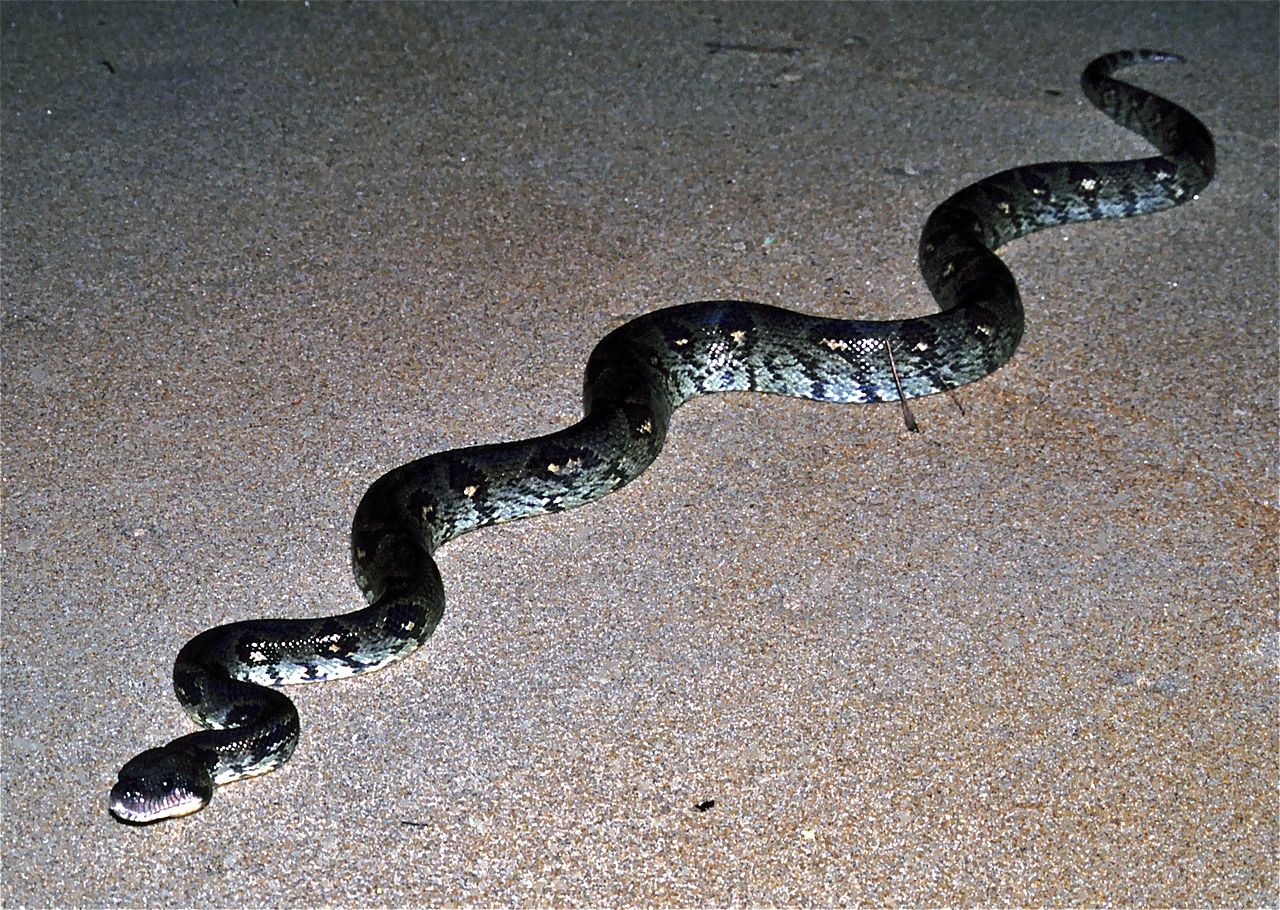In the mysterious world of reptiles, snakes stand out as remarkable predators with extraordinary sensory abilities. While many of us are familiar with snake vision or their famous tongue-flicking behavior, one of their most impressive and lesser-known talents is their ability to detect movement through solid ground. This remarkable adaptation allows snakes to hunt effectively even when their prey is completely hidden from sight. Through specialized anatomical features and heightened sensitivity to vibrations, snakes have developed a “sixth sense” that lets them perceive the world in ways humans can only imagine. This article explores the fascinating mechanisms that enable snakes to detect and interpret movement through solid surfaces, revealing yet another example of nature’s ingenious evolutionary solutions.
The Snake’s Sensory Arsenal
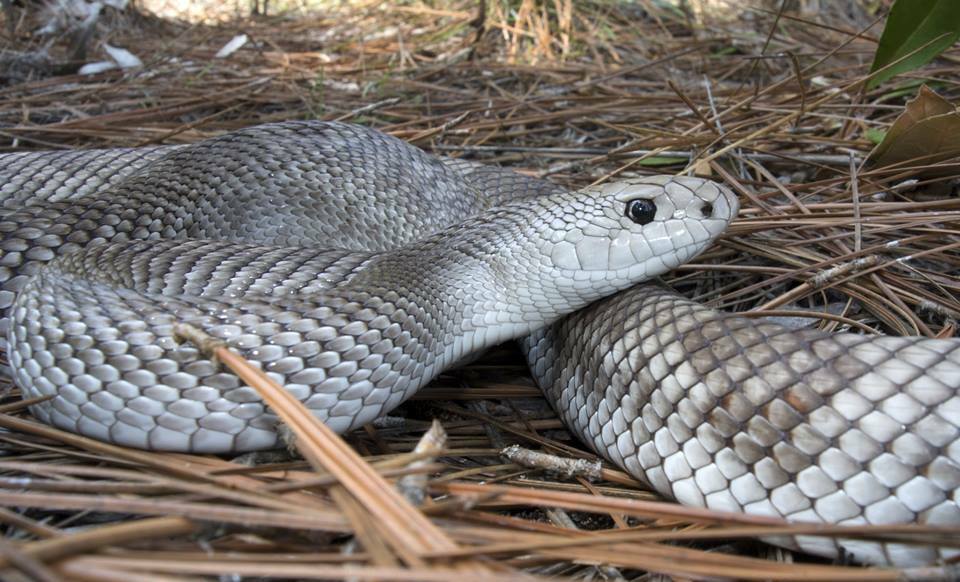
Snakes possess a diverse array of sensory systems that work together to create a comprehensive perception of their environment. Unlike humans, who rely heavily on vision, snakes employ a multisensory approach to hunting and survival. Their sensory toolkit includes specialized visual systems, chemical detection through their forked tongues, heat-sensing pits in some species, and remarkably sensitive vibration detection. This integrated system allows snakes to build a complex “image” of their surroundings even when traditional senses like vision would provide limited information. The ability to perceive movement through solid ground is particularly valuable for burrowing species or those that hunt prey that lives underground, giving them a critical edge in the perpetual evolutionary arms race between predator and prey.
The Jaw-Ground Connection
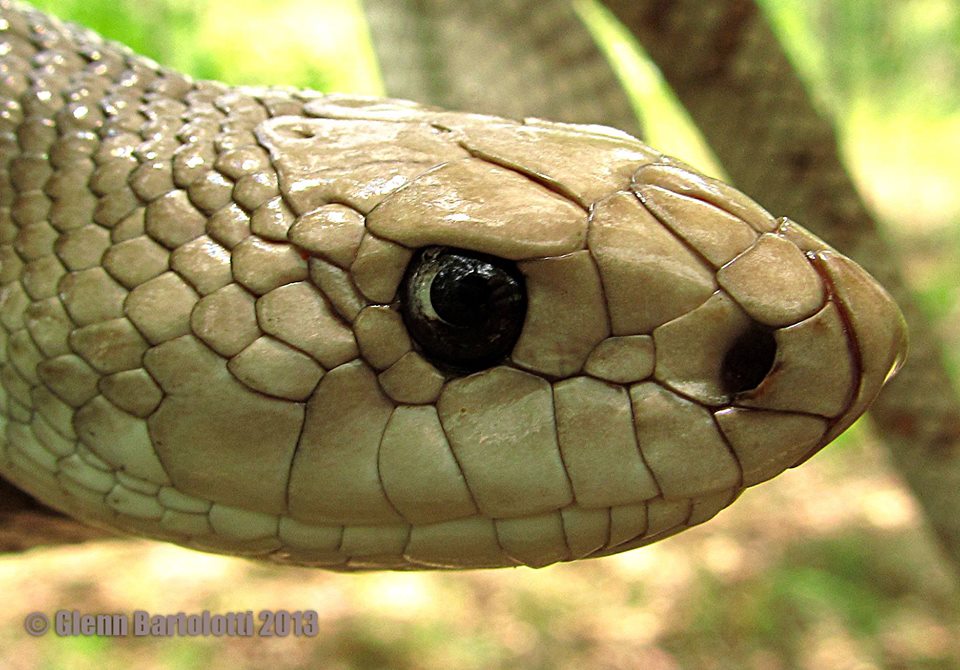
One of the primary ways snakes detect movement through solid ground is through their unique jaw structure. Unlike mammals, snakes place their lower jaws directly against the ground, creating a direct physical connection between their sensory systems and the substrate. This contact allows vibrations traveling through the earth to be transmitted directly into the snake’s body. The snake’s jawbone acts as a biological transducer, converting mechanical energy from ground vibrations into neural signals that the brain can interpret. This jaw-ground interface is so sensitive that some species can detect prey movements from several meters away, even when the prey animal is completely hidden beneath the surface of the ground or within dense vegetation.
The Role of Inner Ear Structures

The snake’s inner ear plays a crucial role in their ability to detect ground-borne vibrations. Unlike humans, snakes lack external ears and middle ear structures, which initially led scientists to believe they were essentially deaf. However, research has revealed that snakes possess highly specialized inner ear structures optimized for detecting vibrations. The columella, a small bone connected to the quadrate bone of the jaw, transmits vibrations to the inner ear where specialized hair cells convert these mechanical movements into neural signals. These signals are then processed by the brain to determine the direction, distance, and nature of the movement source. This system is so refined that some snakes can distinguish between the movements of potential prey and non-prey animals based solely on vibration patterns.
The Science of Seismic Sensing
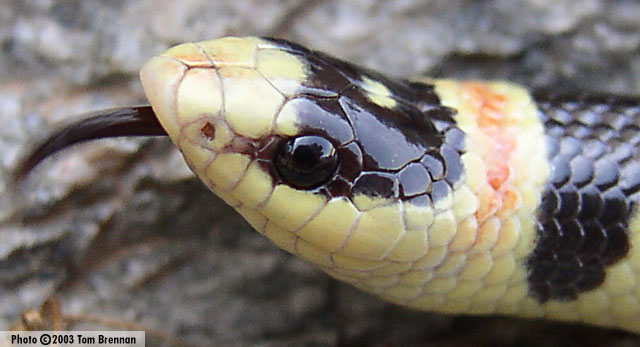
The snake’s ability to detect ground vibrations is a form of seismic sensing, similar in principle to how seismologists detect and analyze earthquakes. When an animal moves across or beneath the ground, it creates mechanical waves that propagate through the substrate at different speeds depending on the material. Snakes have evolved to detect these subtle wave patterns, effectively “listening” to the ground. Research has shown that snakes can distinguish between different types of seismic waves, including pressure waves (P-waves) and shear waves (S-waves), which provide different information about the movement source. This remarkable ability allows them to not only detect the presence of potential prey but also to make sophisticated judgments about its size, distance, and movement pattern.
Specialized Neural Processing
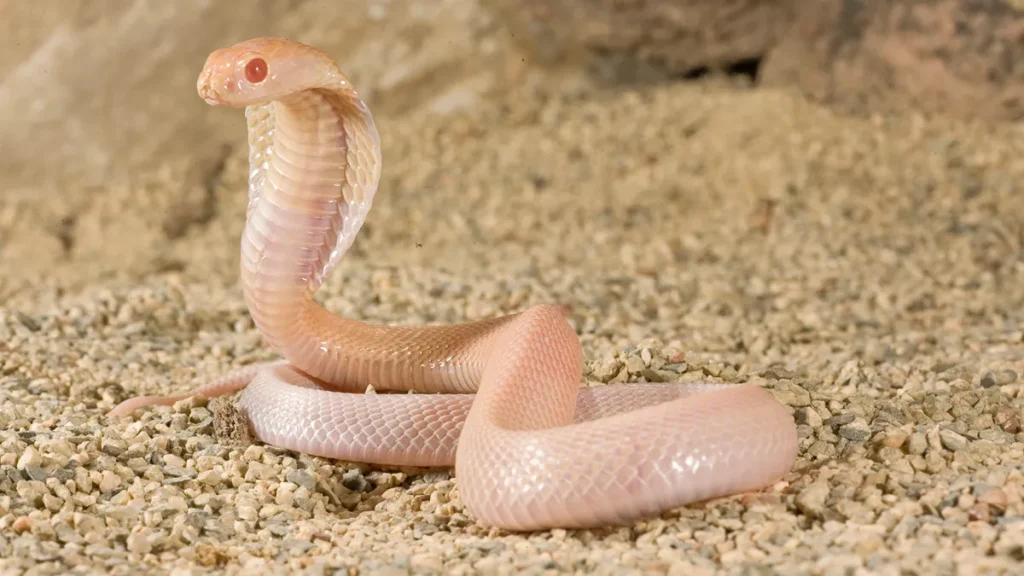
The raw data collected through seismic sensing would be useless without specialized neural processing to interpret the information. Snakes possess dedicated regions of their brain that process vibration information, allowing them to filter out background noise and focus on relevant signals. These neural networks perform complex calculations to determine the spatial location of movement sources with impressive accuracy. Research using functional imaging techniques has revealed increased activity in specific brain regions when snakes are exposed to prey-like vibration patterns. This specialized processing represents a significant investment of neural resources, highlighting the evolutionary importance of seismic sensing to snake survival. The efficiency of this system is evident in how quickly snakes can respond to detected movements, often striking with precision at apparently empty ground where prey is hidden.
Adaptations Among Different Snake Species

The sensitivity to ground vibrations varies considerably among snake species, reflecting their diverse hunting strategies and ecological niches. Burrowing species like sand boas and blind snakes show heightened sensitivity to ground vibrations, as they spend much of their lives underground where visual cues are limited or nonexistent. Desert-dwelling species often display remarkable vibration detection abilities that allow them to locate prey hiding beneath the sand. In contrast, arboreal (tree-dwelling) species typically show less reliance on seismic information and more emphasis on visual and chemical cues. These differences highlight how evolution has shaped sensory systems to match specific ecological demands. Even within the same species, individual snakes may show different levels of reliance on vibration detection depending on their local environment and available prey.
Experimental Evidence of Vibration Detection
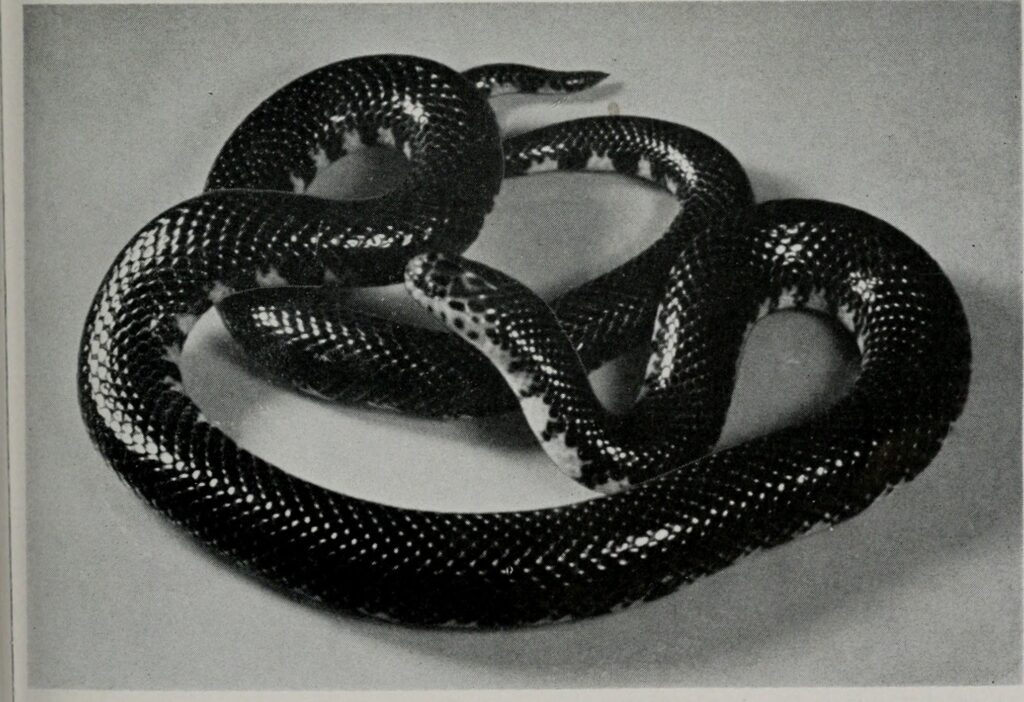
Scientific understanding of snake vibration sensing has been advanced through clever experimental designs. In controlled laboratory settings, researchers have isolated vibration detection by blocking other sensory inputs like vision and smell. These experiments typically involve presenting snakes with artificial vibrations that mimic prey movements while recording their behavioral and physiological responses. One landmark study demonstrated that rattlesnakes could accurately strike at vibration sources even when their heat-sensing pits were covered and the prey was completely hidden from view. Another experiment showed that snakes could distinguish between vibrations caused by prey and similar vibrations from non-prey sources, suggesting sophisticated pattern recognition abilities. Such research continues to reveal the impressive capabilities of snake seismic sensing and the neural mechanisms that support this adaptation.
The Hunting Strategy Connection
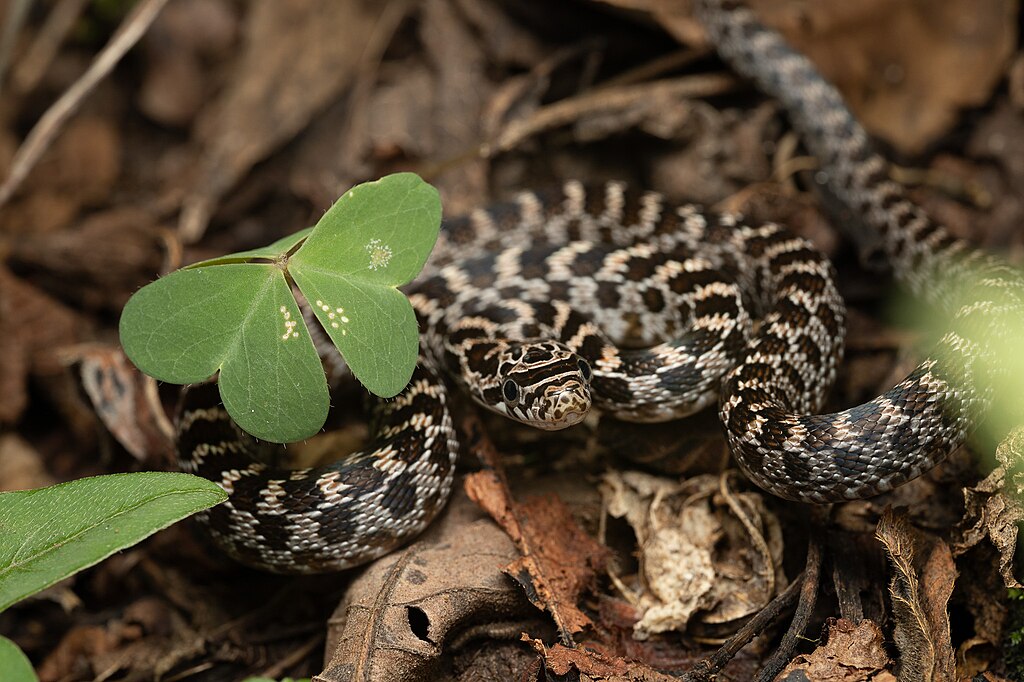
Vibration detection forms a critical component of many snake-hunting strategies, particularly for ambush predators. Species like vipers and pythons often position themselves strategically to maximize their ability to detect approaching prey through ground vibrations. These snakes may remain motionless for days or even weeks, waiting for the telltale vibrations that signal a potential meal is within striking range. The information gathered through seismic sensing helps the snake determine the optimal moment to strike, increasing hunting success rates. For active foraging species, vibration detection helps them locate prey hiding in burrows or under leaf litter, allowing them to search more efficiently. This sensory adaptation fundamentally shapes how snakes interact with their environment and has influenced the evolution of their hunting behaviors across diverse habitats worldwide.
Comparative Seismic Sensing in Other Animals
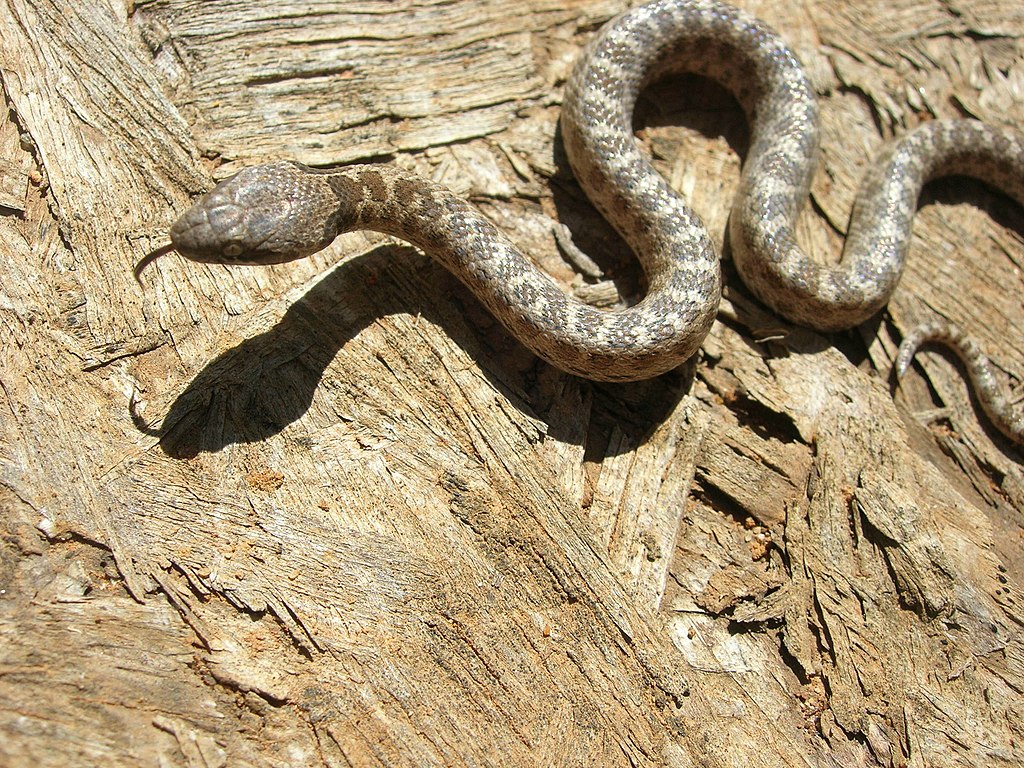
While snakes are masters of vibration detection, they are not the only animals to utilize seismic information. Comparing snake seismic sensing with similar abilities in other species provides valuable context for understanding this adaptation. Spiders, for instance, detect prey by monitoring vibrations traveling through their webs or across the ground. Mole rats, which live in underground tunnel systems, rely heavily on seismic cues for communication and predator detection. Even elephants use low-frequency vibrations that travel through the ground for long-distance communication. The convergent evolution of seismic sensing across such diverse animal groups highlights its utility as a sensory modality, particularly in environments where traditional senses like vision may be limited. Snakes, however, appear to have refined this ability to an extraordinary degree, integrating it seamlessly with their other sensory systems.
Vibration Camouflage: How Prey Evades Detection
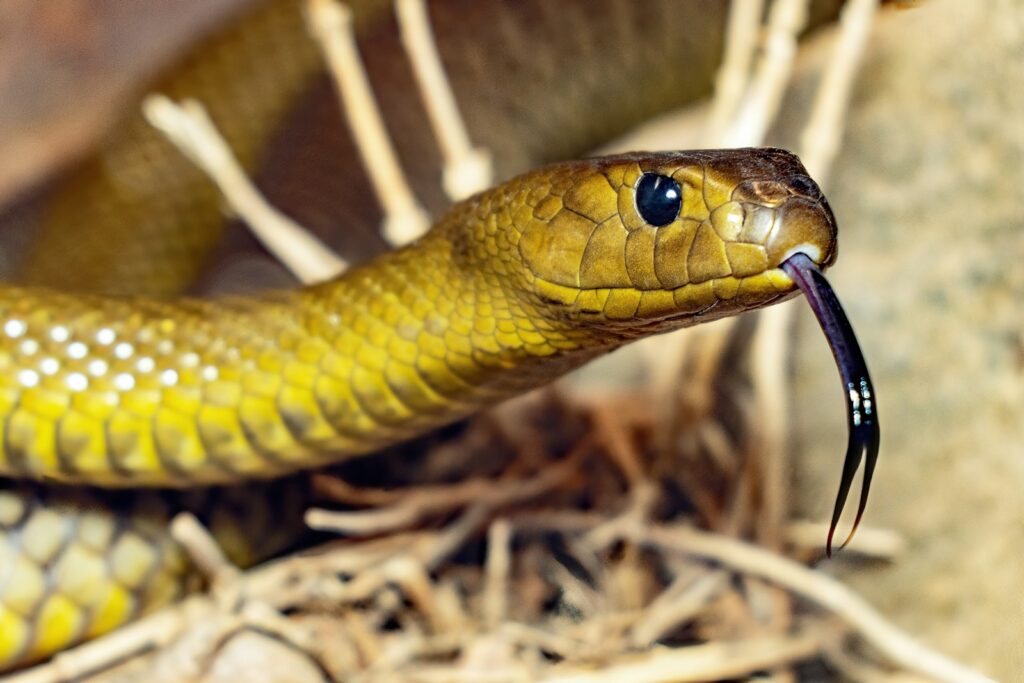
The evolutionary arms race between predator and prey has led to fascinating adaptations on both sides. While snakes have evolved remarkable abilities to detect vibrations, their prey has developed countering strategies to avoid detection. Some small mammals, for instance, move with distinctive gaits that minimize ground vibrations, effectively creating a form of “vibration camouflage.” Certain rodents have been observed to freeze not just to avoid visual detection but specifically to cease creating seismic signals that predatory snakes might detect. Other prey species may intentionally create misleading vibrations to confuse predators or move during times when environmental vibrations (such as wind or rain) mask their movements. These counter-adaptations highlight the evolutionary significance of seismic sensing and the selective pressure it places on prey animals that must evade vibration-sensitive predators.
Technological Applications Inspired by Snake Sensing

The remarkable vibration-sensing abilities of snakes have inspired various technological innovations in the field of biomimetics. Engineers have developed seismic sensors based on the principles of snake vibration detection for applications ranging from security systems to search and rescue operations. These bio-inspired sensors can detect the footsteps of intruders or locate survivors trapped under rubble after natural disasters. In robotics, snake-inspired vibration sensing systems have been incorporated into machines designed to navigate challenging environments where traditional sensing methods might fail. Military applications include ground-based surveillance systems that can detect approaching vehicles or personnel through subtle vibration patterns. By studying how snakes process and filter vibration information, researchers continue to develop more sensitive and discriminating artificial sensing systems that mimic the efficiency of biological designs.
Future Research Directions
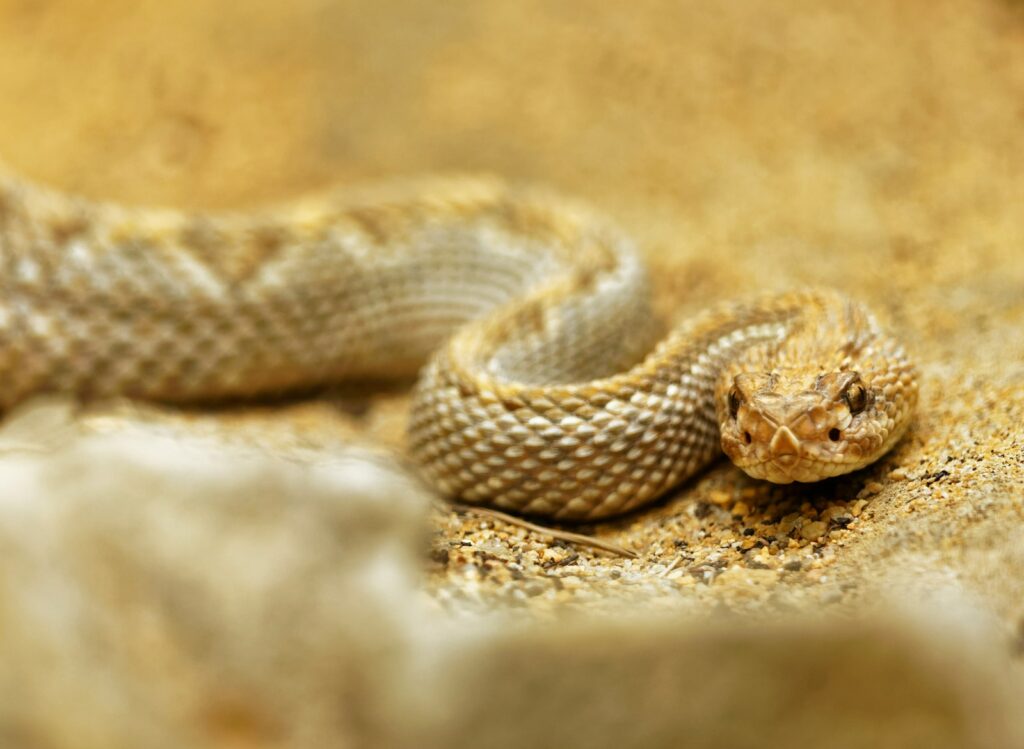
Despite significant advances in understanding how snakes perceive movement through solid ground, many questions remain unanswered. Current research is focusing on the precise neural mechanisms that allow snakes to process vibration information so effectively. Advanced imaging techniques are being employed to map the brain activity patterns associated with different types of vibration stimuli. Another promising area involves investigating how environmental factors like soil composition and moisture content affect vibration transmission and detection. Researchers are also exploring potential differences in vibration sensing between juvenile and adult snakes, which may reveal developmental aspects of this sensory system. As scientific methods and technologies continue to improve, our understanding of this remarkable sensory adaptation will undoubtedly deepen, potentially revealing even more sophisticated capabilities than currently recognized.
The ability of snakes to perceive movement through solid ground represents one of nature’s most impressive sensory adaptations. This remarkable talent, developed over millions of years of evolution, allows these predators to detect and locate prey that would otherwise remain completely hidden. Through specialized jaw structures, inner ear adaptations, and sophisticated neural processing, snakes have developed a form of perception that extends beyond the traditional five senses recognized by humans. This seismic sensing ability not only provides insight into the diverse ways animals can perceive their environment but also inspires technological innovations that mimic nature’s ingenious solutions. As we continue to study and understand these extraordinary sensory capabilities, we gain a deeper appreciation for the remarkable diversity of adaptations that have evolved in the animal kingdom, reminding us that there are many ways to perceive the world beyond our human experience.

